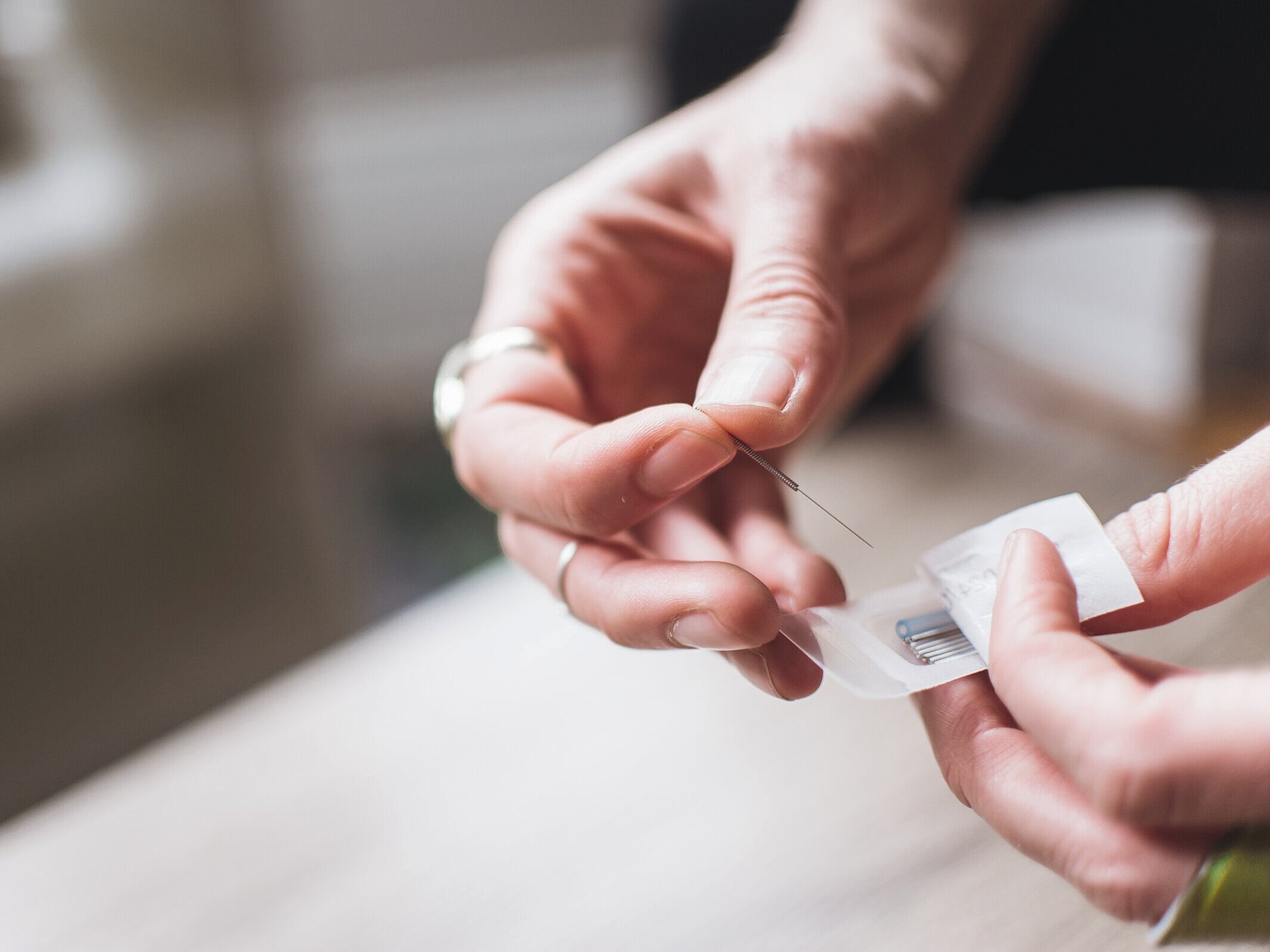The NADA Protocol
There was a time in my life when I was terrified of needles and acupuncture never even crossed my mind as something I would ever consider. Now acupuncture has become one of my favourite modalities in practice, but also in my own personal health maintenance plan.
Today most people are familiar with or have at least heard of acupuncture before. Its steady increase in popularity is largely due to the efficacy of acupuncture in 1) pain; 2) fertility; and 3) mental health and addictions.
The NADA protocol or 5-NP is a series of 5 needles in the ear commonly used in the treatment of substance addiction, PTSD, and anxiety. Extensively proven and cost-effective, the NADA protocol is becoming increasingly popular as an intervention in public health clinics, including the Toronto East General Hospital, the Toronto Western Hospital, the Oshawa Lakeridge Health Centre, York Regional Addictions Services, and St. Joseph’s Hospital in Toronto.
The birthplace of 5-NP, the Lincoln Recovery Center, was established in response to a strong community activist presence demanding a drug detoxification center at the Lincoln Hospital in the 1970s. Auricular acupuncture for substance abuse was discovered in 1973 in Hong Kong by Neurosurgeon Dr H. L. Wen, who noted that the electrical stimulation of certain acupuncture points in the ear provided relief to a patient going through opiate withdrawal. By 1974 the Lincoln Recovery Center in the Bronx, New York offered auricular acupuncture in group settings for addictions in addition to their methadone detoxification program.
Studies demonstrate acudetox as effective treatment for substance withdrawal and maintenance, anxiety, PTSD, stress relief, depression, pain, and insomnia. How can tiny needles achieve this? Research suggests that one mechanism of action works via important neurotransmitters, including dopamine, GABA, serotonin, and endorphins levels.
In practice I have used 5-NP for anxiety, stress relief, and for clients experiencing withdrawal from prescription medication (such as antidepressants and anxiolytics). I continue to be impressed with the results and it’s very safe – there’s no interactions or side effects to worry about.
And now you’ll have to excuse me while I get some 5-NP…
RESOURCES/FURTHER INFORMATION
NADA Protocol Website: http://www.acudetox.com/
Lisa Baird on the Community Acupuncture Movement: http://guelphpeak.org/feature/2013/11/the-community-acupuncture-movement-care-for-the-community/
Acupuncture Today article on the history of Acudetox in the USA: http://www.acupuncturetoday.com/mpacms/at/article.php?id=27686
SOURCES
Bemis, R. (2013). Evidence for the NADA protocol: summary of research. National Acupuncture Detoxification Association. http://www.acudetox.com/nada-resources/15-online-resources/193-new-resource-nada-research-summary
Bergdahl, L., Berman, A., & Haglund, K. (2014, Mar). Patients’ experience of auricular acupuncture during protracted withdrawal. Journal of Psychiatric and Mental Health Nursing, 21(2). http://www.ncbi.nlm.nih.gov/pubmed/23230968
Cui, C., Wu, L., & Li, Y. (2013). Acupuncture for the treatment of drug addiction. International Review of Neurobiology, 111; 235-56. http://www.ncbi.nlm.nih.gov/pubmed/24215926
Huang, W., Kutner, N., & Bliwise, D. (2011, Feb 15). Autonomic activation in insomnia: the case for acupuncture. Journal of Clinical Sleep Medicine, 7(1); 95-102. http://www.ncbi.nlm.nih.gov/pmc/articles/PMC3041619/
Janssen, P., Demorest, L., Kelly, A., Thiessen, P., & Abrahams, R. (2012, Dec 23). Auricular acupuncture for chemically dependent pregnant women: a randomized controlled trial of the NADA protocol. Substance Abuse Treatment, Prevention, and Policy, 7(48). http://www.ncbi.nlm.nih.gov/pubmed/23259913
Kolenda, J. (2000, Sept). A Brief History of Acupuncture for Detoxification in the United States. Acupuncture Today, 9(1). http://www.acupuncturetoday.com/mpacms/at/article.php?id=27686
Oyola-Santiago, T., Knopf, R., Robin, T., & Harvey K. (2013). Provision of auricular acupuncture and acupressure in a university setting. Journal of American College Health, 61(7); 432-4. http://www.ncbi.nlm.nih.gov/pubmed/24010498
Stuyt, E. (2014). Ear acupuncture for co-occuring substance abuse and borderline personality disorder: an aid to encourage treatment retention and tobacco cessation. Acupuncture in Medicine, 32(4); 318-24. http://www.ncbi.nlm.nih.gov/pubmed/24824499
Yang, C., Lee, B., Sohn, S. (2008, Sept). A possible mechanism underlying the effectiveness of acupuncture in the treatment of drug addiction. Evidence-based Complementary and Alternative Medicine, 5(3); 257-266. http://www.ncbi.nlm.nih.gov/pmc/articles/PMC2529396/


